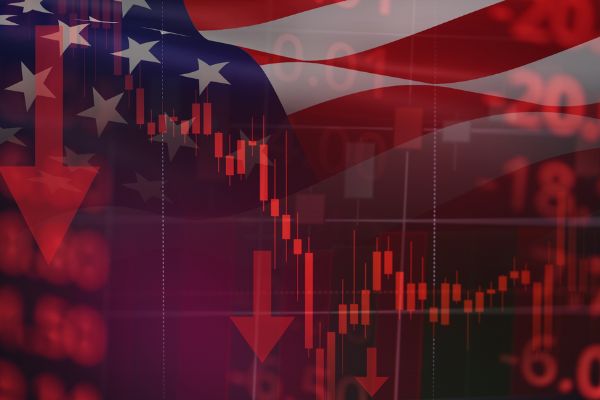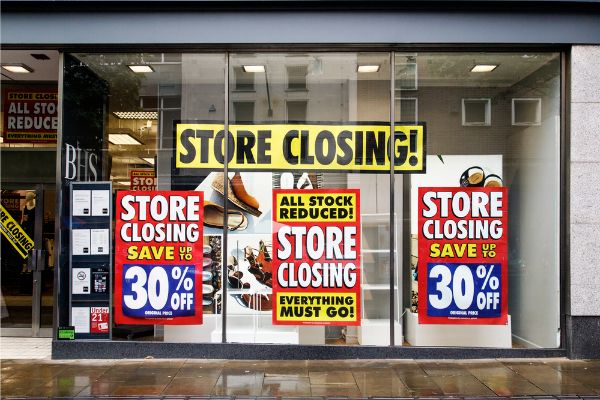To support illegal aliens fighting their expulsion from the country, American taxpayers in a variety of towns and communities are being charged well over $66 million, frequently through a group connected to billionaire George Soros.
According to an analysis by the Immigration Reform Law Institute (IRLI), taxpayers in around 50 cities, towns, and counties are paying a significant portion of the costs associated with maintaining illegal aliens in their neighborhoods.
In particular, the Vera Institute of Justice has significantly increased the number of towns and counties it contracts with to represent illegal immigrants who are fighting deportation with taxpayer money.
Investigation information:
“Vera adopts a plain, uncomplicated approach. It lobbies liberal counties and localities to provide money to pay for attorneys to assist immigrants in deportation hearings. Vera encourages interested communities to sign up for its Safety and Fairness for Everyone group (SAFE). This group of local gov.’ts across the nation uses taxpayer money to pay attorneys to represent noncitizens who are fighting deportation orders.”
“Vera entices local governments by paying matching grants to a fraction of the expenses related to a deportation defense fund’s first year of operation. For instance, a city might choose to join the SAFE Network and take a $100,000 payment from Vera, but local authorities would have to give out $100,000 of government money to do so. As a result, the participating city would effectively have twice as much money available to it during the first year. (In our example, Vera’s matching gift makes $100,000 become $200,000).”
Along with having connections to Soros’ Open Society Foundation, the Vera Justice Institute also receives significant financial support from well-known corporations including the Rockefeller Family Fund, the Tides Foundation, and the Carnegie Corporation of New York.
According to IRLI investigators, “cash-stripped American families are handing out around $66,145,000 for attorneys to attempt to keep illegal immigrants, foreign criminals, as well as other immigration violators” with contracts like those pursued by the Vera Institute of Justice. According to the investigation:
“States, towns, and cities, across America have decreased spending on necessary services like public transportation and police protection as a result of massive budgetary shortfalls. Nevertheless, more and more jurisdictions are creating deportation defense funds. And the price is astronomical for American taxpayers.”
“What’s worse is that those immigration violators tend to cost us more the longer they stay in America, putting a financial strain on public education, the criminal justice system, and our transportation infrastructure,” the speaker said.










